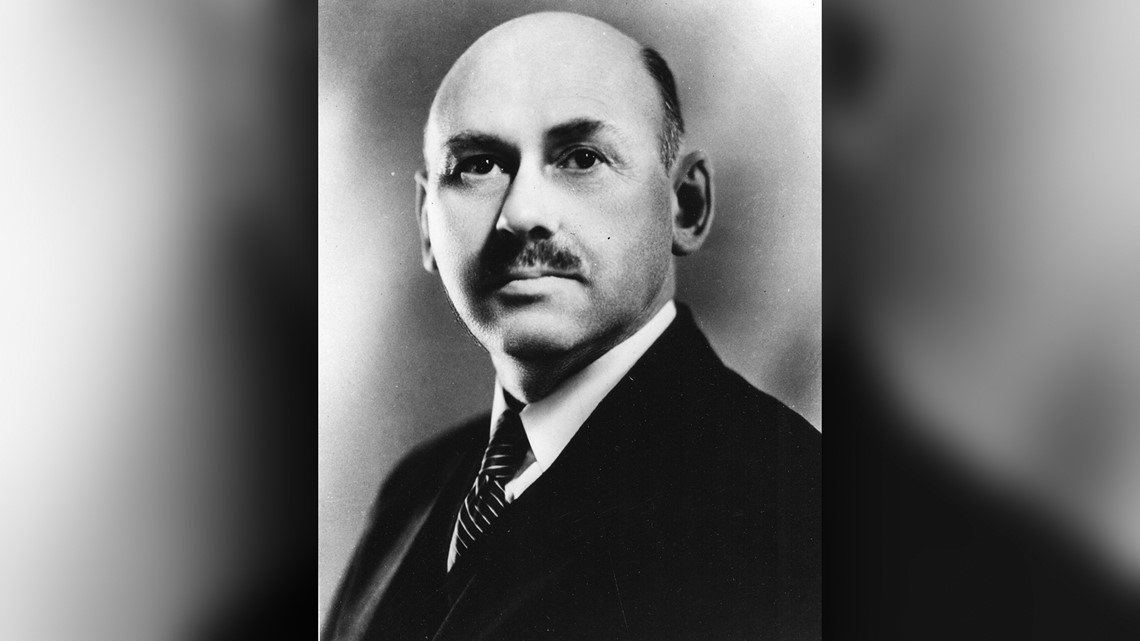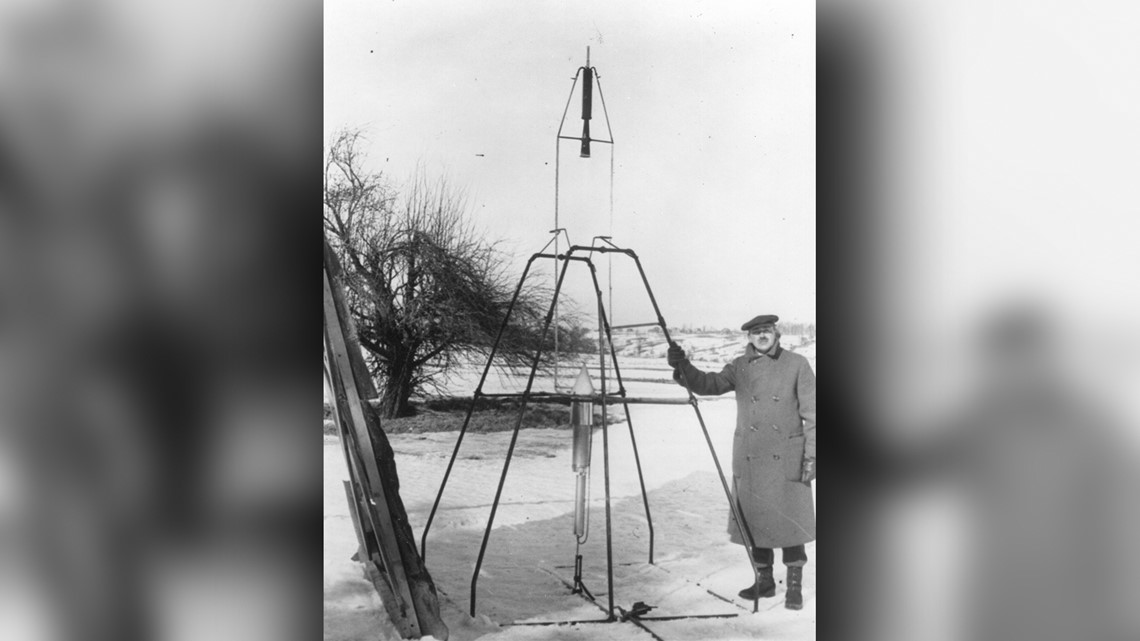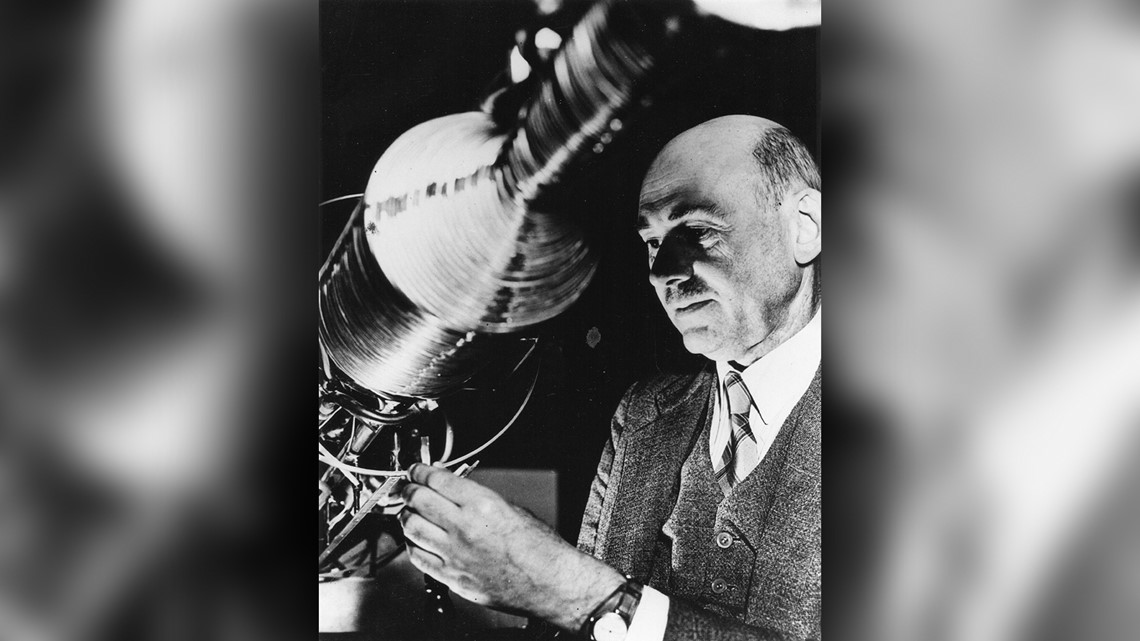As we approach July’s 50th anniversary of the first Apollo moon landing, this week marks the commemoration of a key moment in history that may have helped Neil Armstrong, Buzz Aldrin and Michael Collins get there.
On March 16, 1926, physicist Robert Hutchings Goddard successfully launched the first liquid fuel rocket.
Goddard was a student at the Worcester Polytechnic Institute in 1907, according to NASA, when his interest in rocketry became apparent. His powder rocket made quite the mess when he tried launching it in the basement, but school officials saw the potential and took an interest.


Goddard received patents in 1914 for a liquid fuel rocket and a two-or-three-stage rocket using solid fuel. He also experimented with using gunpowder for propulsion, but found it to be inefficient, according to Space.com.
He had thoughts of getting a rocket to the moon decades before President John F. Kennedy's legendary speech about landing a man there. In a 1920 research paper, NASA says Goddard wrote about a rocket reaching the Earth's satellite and exploding a load of flash powder to mark the arrival.
His historic flight in 1926 was a short one. The rocket flew 41 feet in 2.5 seconds, then came back to the ground at 60 mph. Over the years, he worked to find better ways to control his rockets, including use of gyroscopes and vanes inside the exhaust jets.


Goddard's achievements would not just be used for exploration, though. It would also be credited with the creation of weapons. It's been suggested Germans used his research as a base for what eventually became the V-2 rocket. According to National Air and Space Museum curator emeritus Frank H. Winter, Goddard claimed the Germans had stolen his ideas after he had a chance to examine captured V-2 components.
However, Winter said Goddard's and Germany's rocket designs were quite different. He also suggested that the rockets that got men to the moon were probably based more on what the Germans did than what Goddard produced, but that his bigger contribution was the idea of putting rockets into space in the first place.
Goddard died on Aug. 10, 1945.
Twelve years later in 1957, a Soviet Union rocket put the first man-made satellite into space. The Soviets took the next step in 1961 by launching the first man into space. Then came Apollo 11 and the moon landing in 1969. Those were followed by probes to our neighboring planets and the twin Voyager I and Voyager II spacecraft, both of which are now traveling beyond our solar system in interstellar space.
NASA’s Goddard Space Flight Center in Greenbelt, Maryland, is named after the man seen as the father of American rocketry.



